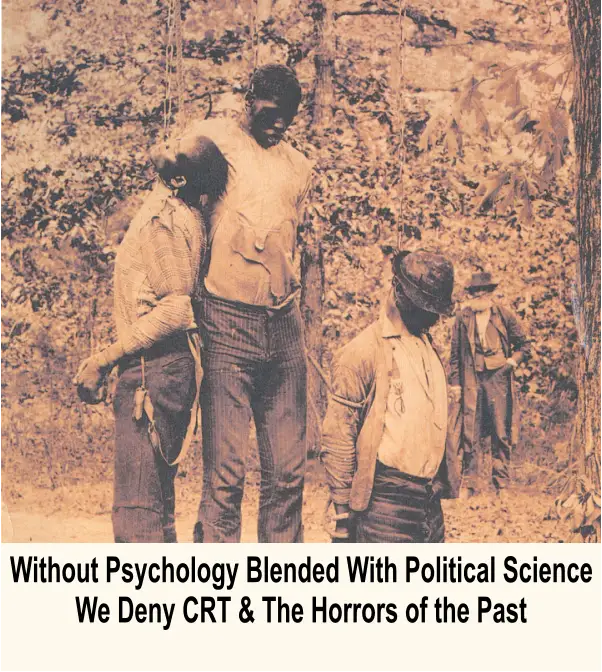Table of Contents
- Defining Business Statistics
- The Context of Statistic
- Descriptive & Inferential Statistics
- The Business Problem
- The Descriptive Statistic Method
- The Inferential Statistic
- The Deceptive Nature of Descriptive & Inferential Statistics
- Data Collection
- Experimental
- Observational
- Interviews
- Questionnaires
- What are some steps a you could use to evaluate business statistics for credibility and accuracy?
Defining Business Statistics
Statistics is defined "the science of collecting, analyzing, presenting, and interpreting data" for the purpose of business, scientific, or marketing decision making. Business statistics provides many benefits for decision-making but also provides a means of unethical behavior, caused by the same profit-driven goal, which overrides even the most well-intentioned firms. To protect ourselves from this behavior we must question the context, the type of statistic, and the collection method.
The Context of Statistic
When we are presented any statistical data or claim we must always question the context. Who is the presenter and why are they presenting the data? This question often reveals the intent of the presenter as well as any conflict of interest. If a company presents you with a statistical claim that nine out of ten companies use their product, the context might be an advertisement intended to make comfortable with buying the product (since so many other people appear to be). Many questions arise in this example, most notably the assumptions.
Just because nine out of ten people bought the product doesn’t mean you should feel comfortable with the product. Assuming the comfort of these nine people is a natural inclination of humans based on conformity with custom and tradition, which translates to the very simple idea: if lots of people are buying it, the product must be good.
Without questioning the context, we become prone to assumptions compounded with more assumptions. Not only have we assumed the product is good but that the other consumers are comfortable with the product. Assumptions have a way of breeding more assumptions, such as assuming that seemingly happy people in a commercial are actually happy because of the product. The next assumption, which is not too far-fetched, is to believe that purchasing the product will make you happy, simply because the actors in the commercial appear to be happy. Assumption results from not analyzing the context but also from not identifying the type of statistic.
Descriptive & Inferential Statistics
In business there are two types of statistics used known as descriptive and inferential statistics. Descriptive statistics summarize and organize data from a sample, while inferential statistics allow us to make predictions or inferences about a population based on a sample of data.
Descriptive statistics utilizes data in the form of numbers which seeks to find patterns in the data. In contrast to descriptive statistics, inferential statistics uses sample data taken from segments of populations which is then extrapolated to the whole. Using both forms of statistics allows businesses to make better decisions about customer needs and desires but when misused can result in erroneous inferences. Let’s look at an example of a business problem.
The Business Problem
A company wants to know if there is a market for their home hail protection in an area of 10,000 homeowners that is prone to home damage from hail.
The Descriptive Statistic Method
Descriptive statistics might a use the number of homes damaged during a hailstorm to see if there is a market for a product that protects the home from damage. Let’s assume our descriptive statistic discovered an average of 500 reports of yearly damaged homes in the last decade. We can extrapolate from the descriptive statistic, that if only 100 owners of damaged homes purchased the product (20%), the area is a viable market.
Statistical Problems: Descriptive statistics might seem more factually driven, but they also make assumptions. Having organized the data by amount of hail damage, we have assumed a viable market based on selling only needing to sell to 20% of the homeowners in the area who have experienced hail damage. Not only is there an assumption of a market based only on damaged homes but also on a consistent amount of yearly damage (500) homes. What happens if there are three years without damage? An average is no guarantee! Having believed the assumption of a market based on this statistical measure, we opened ourselves to more assumptions.
To make this statistic better we would need to look closer at the data, not just an average amount of damage. We would need to use other damage data such as the cost of the damage incurred by homeowners to present a more accurate view of the market.
Let’s see if we have more luck with the inferential statistic.
The Inferential Statistic
Inferential statistics might accomplish the same task but instead of looking at objective date, this form of statistic might rely on surveying people who live in the hail damage prone area. We asked 400 people, and they said they would be interested in the product. “We can now extrapolate that 80% of the individuals surveyed in the area would likely be interested in the new product”.
Statistical Problems: Notice I said, “80% of the people surveyed,” not 80% of the population of the hail damage prone area. Extrapolating 80% of the people in the area might seem reasonable, but since the population equals 10,000 homeowners, we only surveyed 5% of the population, and now, the 80% no longer seems as strong a reason to market the product. Once again, we are assuming, and in this case, that 5% of the population is representative of the homeowner market.
The Deceptive Nature of Descriptive & Inferential Statistics
These examples show us not just how business statistics can be misleading when making decisions but also how they can be purposely misused to manipulate people into purchasing. In the same manner, a business can be fooled into thinking that a market is viable. The data can also mislead consumers. Suppose an unethical business, who performed the surveys told potential consumers, “80% of people in the area want this product.” This statistic misuse might incline people to buy the product based on the same comfort and conformity that occurs when overlooking the context of the statistic. To further understand the deceptive use of statistics we must look at the data collection methods.
Data Collection
There are several methods of collecting data in statistics: experimental, observational, interviews, and questionnaires. Each method has its own advantages and disadvantages, depending on the research question, the population of interest, and the resources available.
Experimental
Experimental methods involve manipulating one or more variables and measuring their effects on an outcome variable. This allows for establishing causal relationships between variables, as well as controlling for confounding factors. However, experimental methods can also be costly, time-consuming, and ethically challenging. Moreover, they may not reflect the real-world conditions or behaviors of the participants.
Observational
Observational methods involve observing and recording the natural or existing behavior of the participants, without any intervention or manipulation. This allows for capturing the complexity and diversity of the phenomena under study, as well as minimizing ethical issues. However, observational methods can also be prone to bias, error, and confounding factors. Moreover, they may not allow for inferring causal relationships between variables.
Interviews
Interviews involve asking open-ended or structured questions to the participants, either face-to-face or through other means of communication. This allows for obtaining rich and detailed information about the participants' opinions, experiences, and motivations. However, interviews can also be influenced by the interviewer's skills, expectations, and rapport with the participants. Moreover, they may not be representative of the larger population or generalizable to other contexts.
Questionnaires
Questionnaires involve asking closed-ended or scaled questions to the participants, either on paper or online. This allows for collecting large amounts of data quickly and easily, as well as analyzing them quantitatively. However, questionnaires can also be affected by the wording, order, and format of the questions. Moreover, they may not capture the depth and nuance of the participants' responses or account for their non-verbal cues.
What are some steps a you could use to evaluate business statistics for credibility and accuracy?
Clearly, not all statistics are reliable or valid, and some may even be misleading or biased, making vital their evaluation of quality and trustworthiness. Here are some steps that a person could use to assess the credibility and accuracy of business statistics:
- Identify the context of the source and purpose of the statistics. Who collected and reported the data? What was their motivation and intention? How did they obtain the data? Are they affiliated with any organization or interest group that may influence their results? Is the source reputable and credible?
- Examine the results and conclusions of the statistics. Are they consistent with the data and the methodology? Do they answer the research question or address the problem? Are they supported by evidence and logic? Are there any alternative explanations or interpretations for the findings? Are there any errors or uncertainties in the calculations or estimates?
- Check the methodology and design of the data collection and analysis. How was the sample selected and how representative is it of the population? What variables were measured and how were they defined and operationalized? What methods were used to analyze the data and what assumptions were made? Were there any limitations or biases in the data collection or analysis process?
- Compare and contrast the statistics with other sources and perspectives. How do they align or differ from other studies or reports on the same topic or issue? Are there any gaps or discrepancies in the data or the analysis? How do they fit into the broader context and background of the topic or issue?
- Evaluate the implications and applications of the statistics. How relevant and useful are they for your purpose or goal? What are the strengths and weaknesses of the statistics? How confident are you in their validity and reliability? How can you use them effectively and ethically in your decision making or communication?
Perhaps the most important thing to remember when presented a business statistics is to assume nothing because a single assumption opens you to more assumptions and this can have tremendous cost.
 Question? Comment? Rebuttal?
Question? Comment? Rebuttal?Copy the article's title or link to send with your response.















